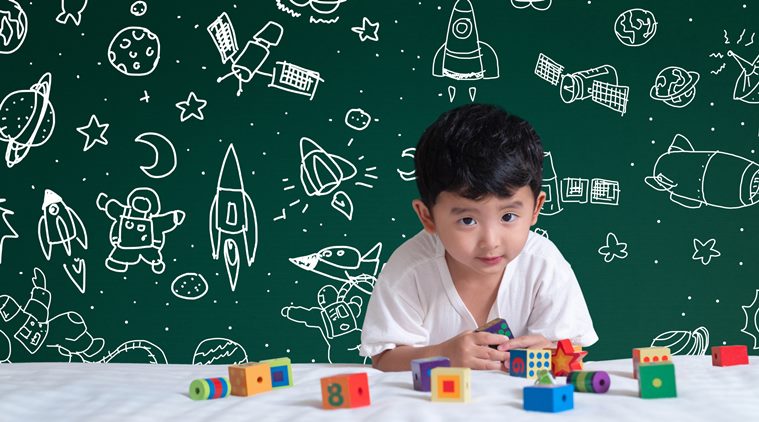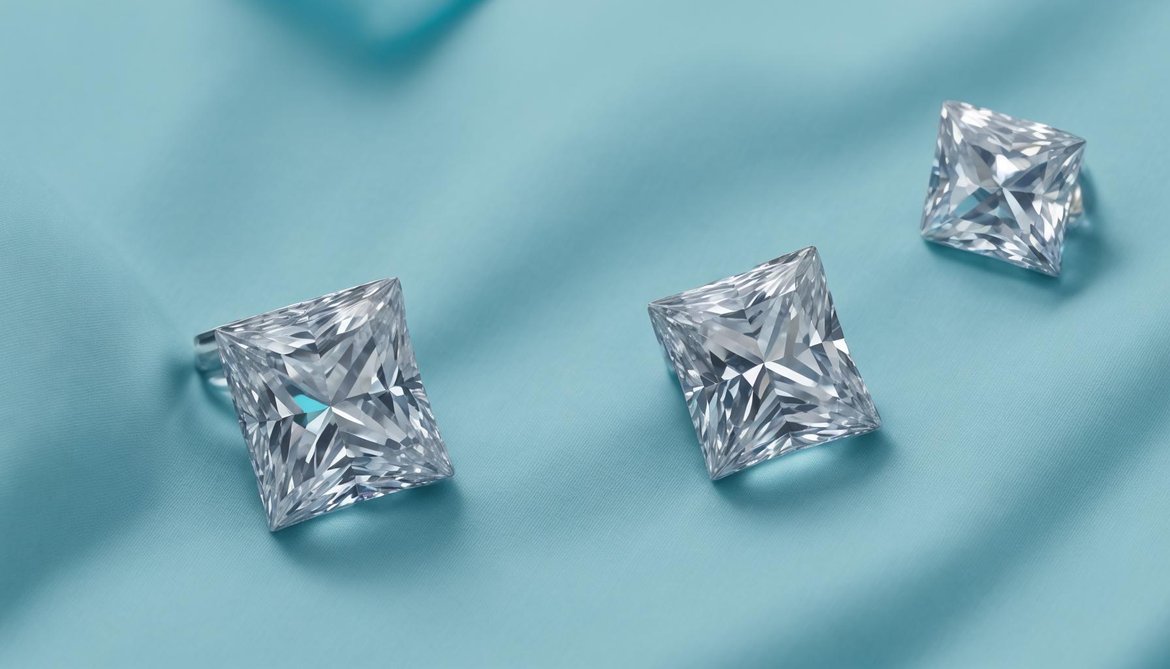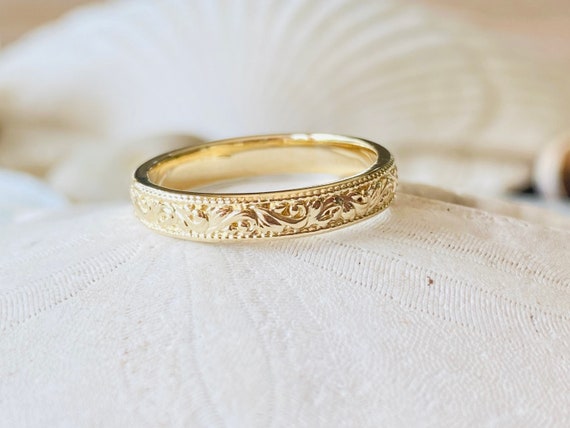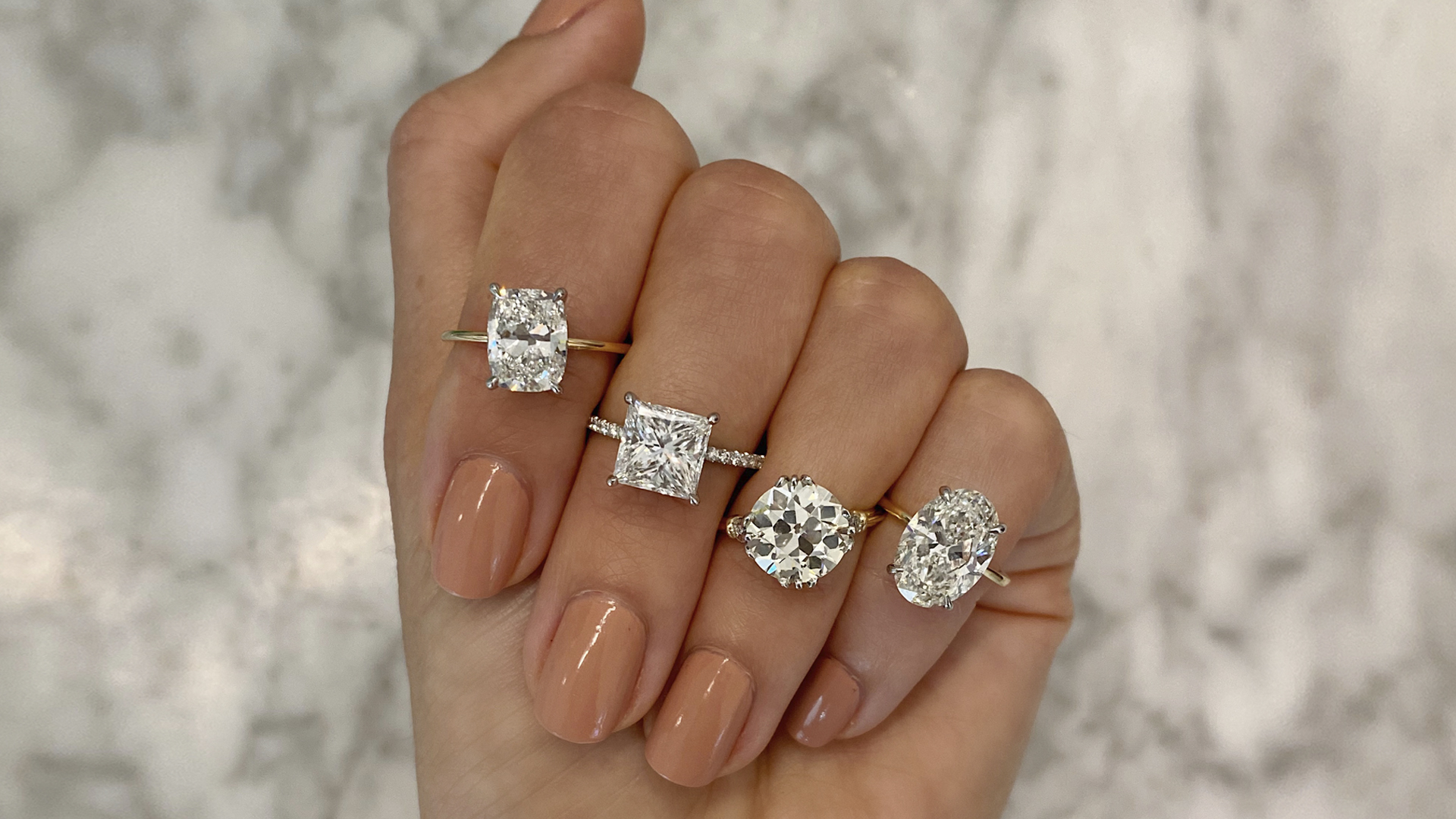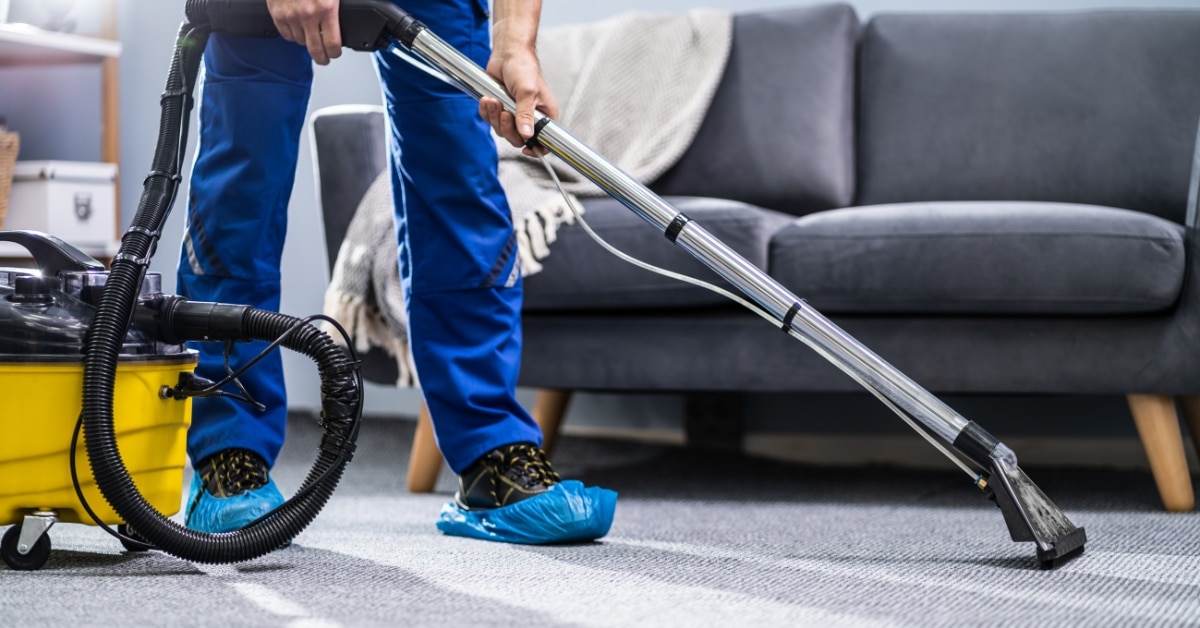Qualities of Montessori Toys And Help Your Child Learn Through Play

A Montessori toy is one that invigorates advancement by empowering children to explore. It ought to be a toy that they can hold and contact, as figuring out how to control objects is key in assisting youngsters with fostering their fine coordinated movements. The toy ought to likewise offer them the chance to work autonomously at their own speed and utilize their inventiveness.
For instance, a crate of Legos could be viewed as a Montessori toy. Kids figure out how to assemble designs and vehicles by sorting out various blocks, and they are tested to utilize their creative minds to make through experimentation. Then again, we wouldn’t consider a particular Lego set a Montessori toy since it causes youngsters to follow explicit bearings to make just a single conceivable result.
To assist you with finding other toys that will assist your kids with learning, we’ve assembled a rundown of montessori toys we suggest for youngsters in preschool and kindergarten. These toys can assist with bettering get-ready kids for a long period of learning.
5 Qualities Found In Montessori Toys
Montessori toys are basic
The best toys to give your little ones are basic. Your kid is attempting to figure out this wild magnificent world they have so as of late happened upon. They learn best when you give them coordinated data.
For instance, a basic riddle with a triangle, a circle, and a square in three different strong varieties gives your little child coordinated data about shapes. These are three fundamental mathematical designs to recognize. They find out about the connection between the three as they take the pieces out and take care of them. What’s more, they ingest that these shapes are connected with one another without the interruption of brightening appearances or irregular shapes. When an excessive amount of data is presented in one toy, youngsters can’t digest the fundamental components of the action.
Montessori toys are situated in all actuality
Before the age of six, your kid’s mind is somewhat unequipped for recognizing dreams from the real world. For them to foster a genuinely creative mind and a safe relationship with their reality, they need to initially find out about what the world truly is like. Peruse them books about genuine articles: Tigers in the rainforest, not tigers driving transports. Give them plays with genuine outcomes. Avoid the cases with handles and fastens that produce irrelevant and arbitrary commotions. Stick to toys that show circumstances and logical results. A ball dropped into an opening will move down an incline and arise for your baby to deal with once more. A genuine and apparent chime will ring when your child bats at it.
Montessori toys are made of normal materials
Pick toys produced using normal materials whenever the situation allows. A clatter produced using wood or metal will give your child considerably more data about their reality than a plastic one. The metal is cool to contact from the start and afterward warms in their grasp. Wood gives an assortment of surfaces. Furthermore, both metal and wood have a fascinating “taste” for the child. Plastic, then again, is consistently a similar temperature, and either has no taste or has a fake feel in their mouths. Also, metal and wood give a fascinating weight when your baby is working with riddles, balls, and comparable toys. They will fluctuate in feel and weight in light of size, whereas plastic will in general need a bigger change in size for an unmistakable change in weight.
Montessori materials are useful and productive
All the toys we give our youngsters ought to require their support and activity for use. The best toys for our little ones’ advancement permit them to investigate and include their own will, choices, and thoughts. They aren’t latent observers to a grown-up’s thoughts regarding amusement. They control and assemble and cooperate, finding out about their reality and their capacities.
Montessori play offers restricted decisions
Give your kid restricted decisions while setting out their toys. Having such a large number of decisions is overpowering and disappointing. It is more diligently for them to choose what they need to play with, and it is more enthusiastically for them to stay with the toy whenever they’ve picked it. As opposed to focusing on the toy and completely partaking in its motivation and worth, they will bounce starting with one toy and then onto the next, making a wreck and feeling dynamically scattered. The best number of toys will increment as the kid ages, however, will rely upon their singular characters. Turning from their assortment will permit time to investigate and utilize all the toys they have.



